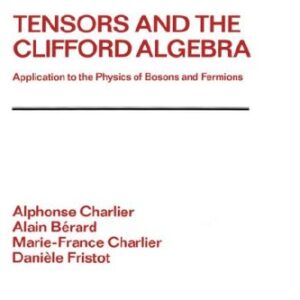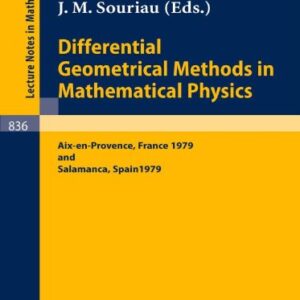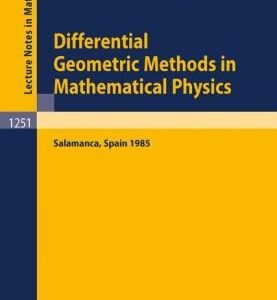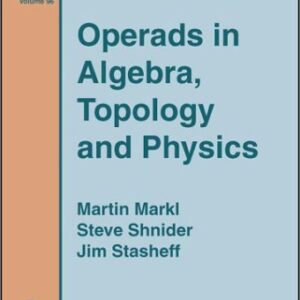Flux quantization experiments indicate that the carriers, Cooper pairs (pairons), in the supercurrent have charge magnitude 2e, and that they move independently. Josephson interference in a Superconducting Quantum Int- ference Device (SQUID) shows that the centers of masses (CM) of pairons move as bosons with a linear dispersion relation. Based on this evidence we develop a theory of superconductivity in conventional and mate- als from a unified point of view. Following Bardeen, Cooper and Schrieffer (BCS) we regard the phonon exchange attraction as the cause of superc- ductivity. For cuprate superconductors, however, we take account of both optical- and acoustic-phonon exchange. BCS started with a Hamiltonian containing ?electron? and ?hole? kinetic energies and a pairing interaction with the phonon variables eliminated. These ?electrons? and ?holes? were introduced formally in terms of a free-electron model, which we consider unsatisfactory. We define ?electrons? and ?holes? in terms of the cur- tures of the Fermi surface. ?Electrons? (1) and ?holes? (2) are different and so they are assigned with different effective masses: Blatt, Schafroth and Butler proposed to explain superconductivity in terms of a Bose-Einstein Condensation (BEC) of electron pairs, each having mass M and a size. The system of free massive bosons, having a quadratic dispersion relation: and moving in three dimensions (3D) undergoes a BEC transition at where is the pair density.
Physics
[PDF] Theory of High Temperature Superconductivity Shigeji Fujita, Salvador Godoy (eds.)
$19.99

![[PDF] Theory of High Temperature Superconductivity Shigeji Fujita, Salvador Godoy (eds.)](https://pdfelite.com/wp-content/uploads/2024/04/695d17552c7da23369f19dd1439f2d82-d.jpg)




Reviews
There are no reviews yet.